Posts by Jessie Whitesides
FLIPPING THE TABLES
The Experience of Being Both the Architect and the Client
Situated in a community just outside of San Diego proper, my 1939 built home has simple interior detailing with Spanish Eclectic elements that were typical in this region for that era of home. Having a more modernist sensibility, I wanted to respect the era of the home and interiors while creating a more modern aesthetic. Keep in mind that “modern” is a scary word for many. Often people think it is devoid of warmth or comfort and thoughts wander to images of sterile and cold-feeling spaces; at Asquared Studios however, we believe that modern should really only be considered to be a current period in time. Everything was modern at one time, even my own home. Therefore, think of modern as taking advantage of current available material, technologies and products. So for sake of assigning it a style, let’s call my bathroom renovation a “modern Spanish Eclectic”. My intent was not to mimic a period in time but to respect the existing context or language of the house.
As my own client I did have a budget. However, I often had to remember the same advice we provide our own clients. When a client asks “can I do that”, we answer “we can do pretty much anything, but does it fit within the budget, and do you want to afford it”. When examining the design and execution of specific details or evaluating the merits of specific materials, costs can easily fluctuate. This is what we mean by “do you want to afford it”. Often the most visually clean and elegant detailing is the most time consuming to construct.
Though it has been one year now, the memories loom well in my mind. The constant dust around my house, the never ending questions presented by the contractor and the seemingly never-ending schedule changes due to product delays. As an architect, many of us hope to someday design for ourselves. I am fortunate enough to have had the opportunity to design a bathroom remodel for my own home and experience the architectural process both as the designer and the client.
We typically experience having to explain the value of our services and what we offer our clients. Is it for the design, our field experience, our professional advice, our listening ear, etc? Well, it’s really all of the above. Being emotionally invested offered a perspective which was a new experience. It is definitely easier for us to assist a client in making rational choices when we can separate emotions from the experience. Although we practice a heightened sense of empathy when it comes to navigating the emotional connections of a project with a client, my own personal experience has given me even a more intuitive sense of how to help our clients navigate a potentially stressful experience.
Now, having had the experience of being my own client, I believe I can be a more successful Architect. We believe there is always room for improvement, and we are continually evaluating our experiences so we can bring these lessons forward to our past, current, and future clients. We look forward to taking our evolving practice and applying it to your next dream.
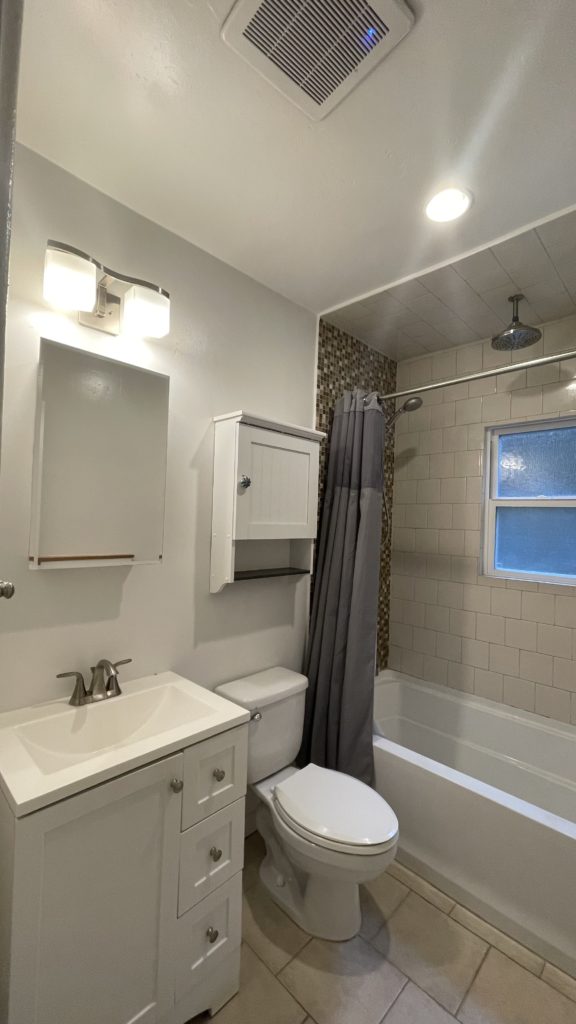
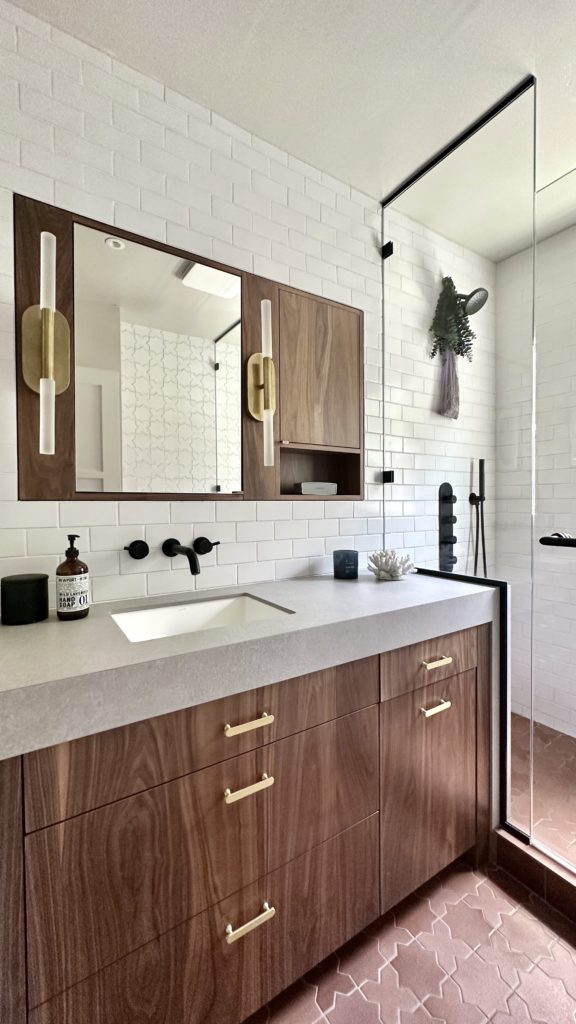

BEFORE
AFTER
AFTER
Architecture Merit Award
Sonoma Residence With A View Receives the AIA Architecture Merit Award from AIA-RE
Asquared Studios’ first rammed earth residential design was honored at the 2022 AIA-RE Design Awards
On Saturday, October 15, at the AIA Redwood Empire Design Awards, The Sonoma Residence With A View received the Merit Award for Architecture, and the impressions were overwhelming – “The jury stated that the house unfolded in a beautiful way at every turn.”
Inspired by the rugged, prehistoric terrain and the inherent tranquilly of the site, this modern, pagoda-style house was designed as a quiet sanctuary. Nestled atop a knoll below a dramatic ridgeline in the Moon Mountain District American Viticultural Area that overlooks the Sonoma Valley grape-growing region and the San Francisco Bay, the new, one-bedroom abode was conceived as a series of interlocking boxes, arranged to maximize the views and complement the landscape.
Tasked with creating a minimalist, rural design to reflect the owner’s Eastern aesthetics and love of the land, the architects suggested a simple, textural material palette. Using reduced-carbon rammed earth, corrosion-resistant corten steel, renewable wood, and high-performing glass, the low-lying structure appears to arise from the scattered boulders that dot the 300-acre property. The striated rammed earth walls frame windswept heritage trees and seem to map the rows of grapevines that hug the hillside below. Corten steel siding, reminiscent of the surrounding volcanic lava rock, define the structure’s distinct geometric forms. A raised, pagoda-style roof marks the arid skyline and works in concert with the expanses of glass window walls that allow the home to open to the land while circulating fresh air throughout. Deep eves protect from the elements while creating a spiritual connection to the surroundings.
Inside is equally as contemplative. The rammed earth is accentuated against neutral paint colors and accents of walnut, shou sugi ban, blackened steel, and poured concrete floors that were worked into a unique distressed finish. Wood and natural light abounds. Exposed walnut ceilings extend to the outdoors, covering pathways and al fresco seating.
At the project’s center is the great room with a high-performing 40-ft wide by 11-ft tall sliding glass wall, laid out along a Northern axis to take advantage of the Bay view. Walnut cabinetry anchors the open kitchen. Across the way, a shou sugi ban entertainment nook adds a moody depth to an otherwise sunlit living space. To the West is a home office complete with a window wall that erases the boundaries between indoors and out. To the East, the en suite bedroom captures the morning light. Custom midcentury casework defines the sleeping quarters while an elevated wet room with Japanese soaking tub opens to a zen garden via a large pocketing floor-to-ceiling window.
Throughout, artwork and objets d’ art, collected from the owner’s travels, are tastefully displayed. The design also features a yoga studio with yoga wall, an outdoor fire-pit, laundry room, and a wine room.

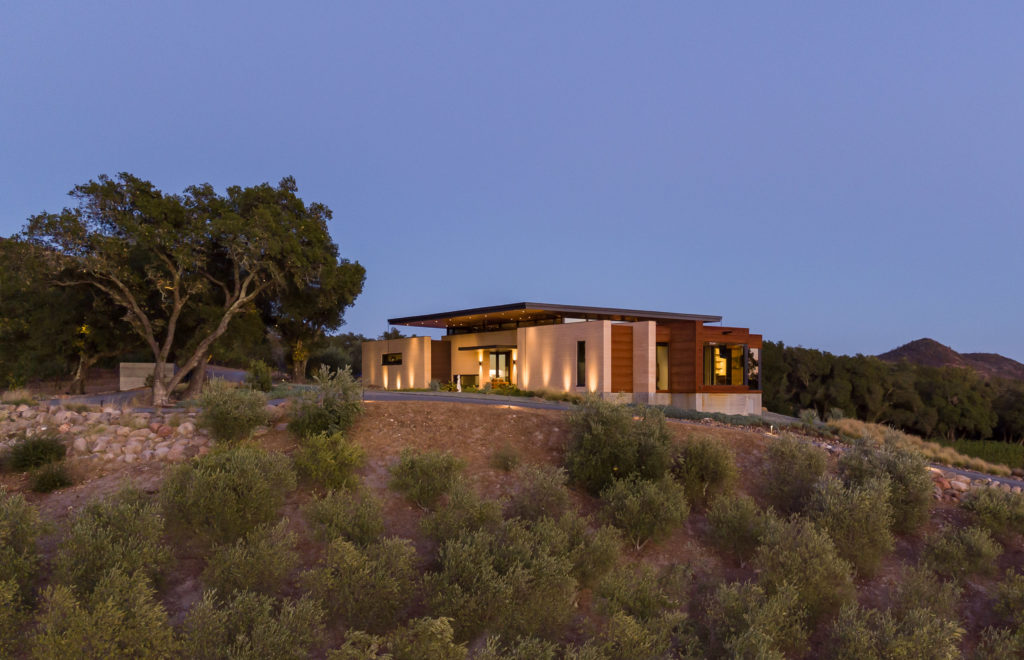

Additional information + Press about the awards can be found at the Press Democrat
HEART OF A HOME
Modernizing Your Historic Home Kitchen Without Compromise
Often referred to as the heart of the home, the kitchen is a space that holds a great deal of value to many people. It’s a place to nourish your family, catch up with a neighbor over coffee, or even a sanctuary where you get to try that recipe you have been meaning to experiment with. Regardless of how you find personal fulfillment in this space, when it comes to Historic Homes, the original kitchen may not afford you the modern conveniences we all have come to expect. The words “modern” and “historic” home do not seem to align and the word “Modern” is often a scary one for people that have a higher degree of attraction to stylized or referential architecture.
When we speak of modernizing a historic home, we are referring less to the stye and more to the quality of life and use of space. Often in Historic Homes the kitchens are fairly small, counter spaces are shallow, and storage space is limited. These are all limitations that prohibit people from using kitchens with the more modern sensibilities of today. Even with these limitations, we find that it is possible to upgrade historic kitchen amenities while respecting the architecture and interior language of the home. We refer to the design of the home as the “language” because not every space fits into a neatly wrapped style of architecture. What “feeling” does the existing language evoke? This feeling is what we are looking to extract when it comes to the design of a new space. A new space does not necessarily need to be a direct replica of what exists, but it should instead, resonate with the rest of the home and become a natural extension of the home.
So how do we achieve this in a historic home? First, start by consolidating space. Typically historic homes will have a series of compartmentalized spaces, most often associated with the kitchen but partitioned from it. We typically start by considering the removal of these partitions and joining the spaces. The most prominent challenge arises when a design must conform with the existing window openings. As a historically designated structure, you are not permitted to change or alter the existing windows and openings.
Second, we consider who you are and what you needs will be. Before we put “pencil to paper” to start a new design, we issue a design questionnaire tailored to you and specific to your project. This will aid us in understanding how you live in your space and takes probable measures for aging in place. For example, a young family with specific needs for their children may not have the same needs 10 years down the line. We evaluate these possibilities as a team, with you, to develop the likely long-term goals.
Third, We consider storage needs. Dependent on the era of your home, long banks of cabinets may be appropriate but in some cases you may need to consider a cabinet design that emulates stand alone pieces which appear more like furniture. The key is to satisfy your family’s storage needs. Whether you consider yourself more of a cook or more of a baker, you need a space for your tools, pot and pans, utensils, and small appliances.
Fourth, we consider the finishes. All finishes, whether they be cabinet finish, counter material, backsplash, or hardware, need to be considered carefully. For example if you have a purist philosophy and want to stay true to the era of your home, this simply may not be a practical point of view in todays environments. Note, that If your home is pre 1900’s the typical counter material used was wood. Used in specific zones, wood is practical, but with the advent of newer materials, material consciousness has evolved away from wood due to sanitary concerns. Countertop material options have evolved over the years from wood to tiles, plastic laminates, stone, and to the current trend of engineered quartz. Countertop material selection in particular, is where some artistic license is needed to specify a material choice that continues to align with the historic nature of the design, but takes into account modern concerns.
We have identified some of the primary considerations that we focus on when embarking on an historic remodel with you. The list of considerations grows from there as each historic property and each one of our clients are unique unto themselves. So please, tell us, what does your dream kitchen entail?

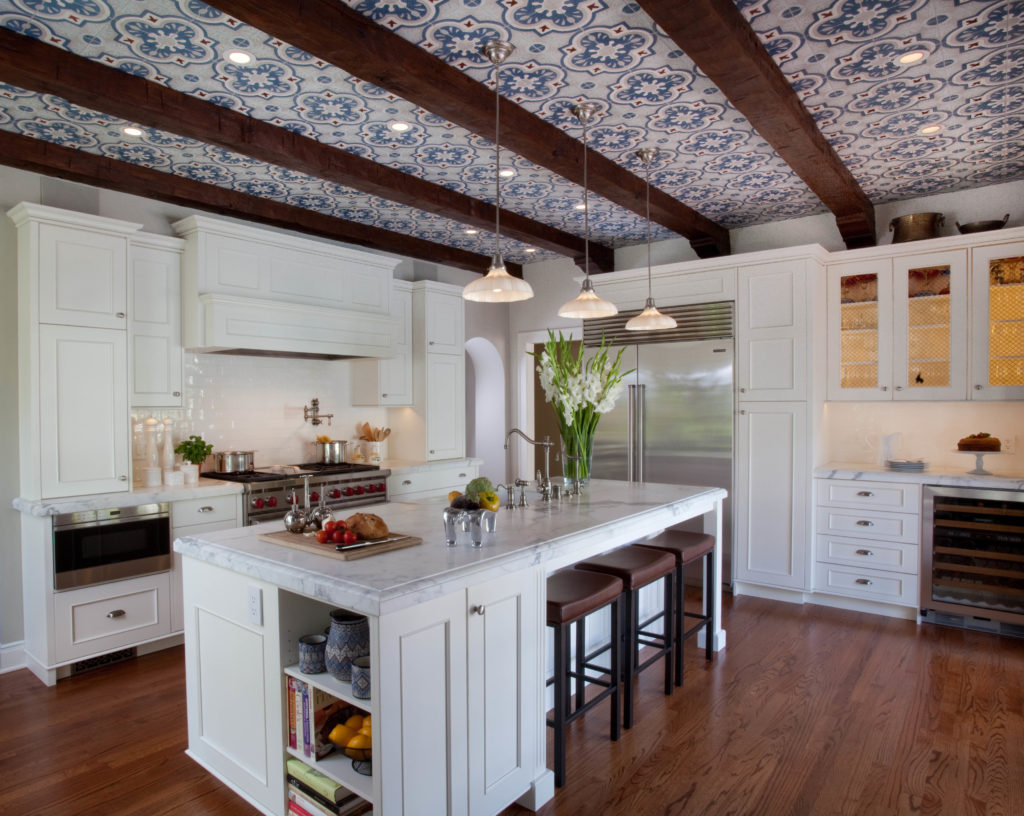
FIRE RECOVERY : WHAT ARE THE STEPS TO TAKE?
Asquared Studios provides information for working through your recovery after a disaster
It is nearly September 2020, and we once again find the North Bay Area in the Midst of a wildfire disaster. We are refreshing a post we created after the 2017 complex fires in Santa Rosa to offer advice and guidance to those who are suffering loss from the complex fires that exploded suddenly due to a rouge lightning storm. The lightning storm that hit nearly 2 weeks ago dropped approximately 11,000 strikes in the Bay Area, and the rumbling sky that accompanied this light show left many of us restless in the wee hours of the morning. This spectacular event produced a lot of amazing photographs on social media, but also sparked an unexpected and early wildfire event. In Santa Rosa we sit in the middle of every fire zone, surrounded by fires in all directions. This has given Tony and I plenty of time to think about how we can contribute to struggle that so many are facing once again. We recognize that there is simply A LOT of information to digest for those who are suffering total loss and for those who are faced with the monumental task of assessing damage to structures that survived the fires. This damage will likely stretch far beyond the visible aspects of flame and heat damage, most notably extending into architectural finishes, wall cavities, and ceiling cavities that are filled with all forms of insulation. As a result of our conversations we have assembled a simple outline or guideline that you may find useful in determining a process for recovery after a disaster. The link provided below will take you to the PDF of this outline. We have also included valuable links provided by our local Chamber of Commerce.
We urge you to be cautious when returning home!
With love + hope – Jessie, Tony, Kola, and Lucille
Click link below to learn more:
Disaster Relief : Insurance Recovery
Sonoma County Economic Development Board recovery tools and guides
Cal OES statewide wildfire recovery resources
Office of the Governor disaster relief resource guide and business assistance
Design and Quality of Life
What a Pandemic Can Reveal
We are writing our first journal entry in the wake of the COVID 19 pandemic. We have spent the last 2 months re-aligning our studio and business practices to the new pandemic climate in an effort to continue to serve our clients in the best way possible, while making sure that we successfully shelter in place and take care of our own health, safety, and welfare. In light of all of this we have given a lot of thought to what our typical design process means to us, and how this process serves to enhance the quality of life for our clients.
It is our goal and pleasure to help our clients plan for meaningful quality of life no matter the type or size of project we take on. Although we have no way of planning for unexpected circumstances such as the global impact of COVID-19, we are profoundly fulfilled when the rigor we apply to our design process yields rewarding results. Over the last 2 months we have heard from multiple clients that the work that we performed has proven to be beneficial to their lifestyle during this unprecedented and unexpected time in world history. It is our pleasure to share with you the words of one client who has found comfort and quality in their “new normal” life as a direct result of the remodel we recently completed of their home.
“When we made the decision a few years ago to remodel our house, we had to answer a lot of questions. We considered how to configure bedrooms and bathrooms, ceilings heights, window placement, and hundreds of tile and paint color options. We planned every little detail, right down to where the dog would sleep. But one question that never came up was: Will this design meet our needs in a global pandemic in which none of us leaves the house for days or weeks or …?
And yet, during this strange, frightening, slower-paced time, we often take a moment to be grateful that we renovated our house when we did. Every decision we made in that process helped turn our home from what previously could have felt confining and uncomfortable into a sanctuary that calms and accommodates us perfectly.
Nowhere is that more apparent than in our kitchen. Our new kitchen was made by combining three small rooms (dining room, breakfast nook and kitchen) with little storage, less counter space, ancient appliances and no dishwasher. It’s hard now to imagine how we would’ve coped with preparing, serving and cleaning up after three meals a day for all of us for months on end. And while—let’s be honest—we still miss going to our favorite restaurants, at least we are able to enjoy mealtimes together comfortably. Baking with our son has become a fun distraction, and making homemade pasta together for the first time while FaceTiming with friends in the midwest is an experience we will remember fondly. Also, having the storage space for several weeks’ worth of food is something we will never take for granted.
Another thing that has saved our sanity is the fact that we each have our own workspace. For my husband, on conference calls and video meetings perpetually, the garage office conversion has been a godsend. Our teenaged son has a built-in desk in his room which he currently uses for various building projects. And my desk, sitting in the kitchen, has become the internet, Zoom and distance learning hub. Adjusting to our “new normal,” means a lot of time staring at screens for most of us, but at least we aren’t annoying each other by having to do it in the same room. Even though we didn’t add square footage, the open design of the central living area feels more spacious, while still affording enough privacy that we can get away from one another when necessary.
It’s hard to know when this will all end; when we will be able to ditch the masks and hand sanitizer, run our normal errands, go out for meals with friends and walk down the sidewalk without recoiling in fear when someone comes too close. Someday our lives will go back to something resembling normal, but our home will continue to be our safe place.”
It seems that we have been facing one crisis after another on an annual basis in California, and that the “new normal” reaches beyond the face of this pandemic. One thing we are certain of, is that we learn from each crisis, and we strive to absorb each lesson into both our personal and professional lives so the we do what we do best – FOR YOU!
Cheers and stay safe! Jessie and Tony

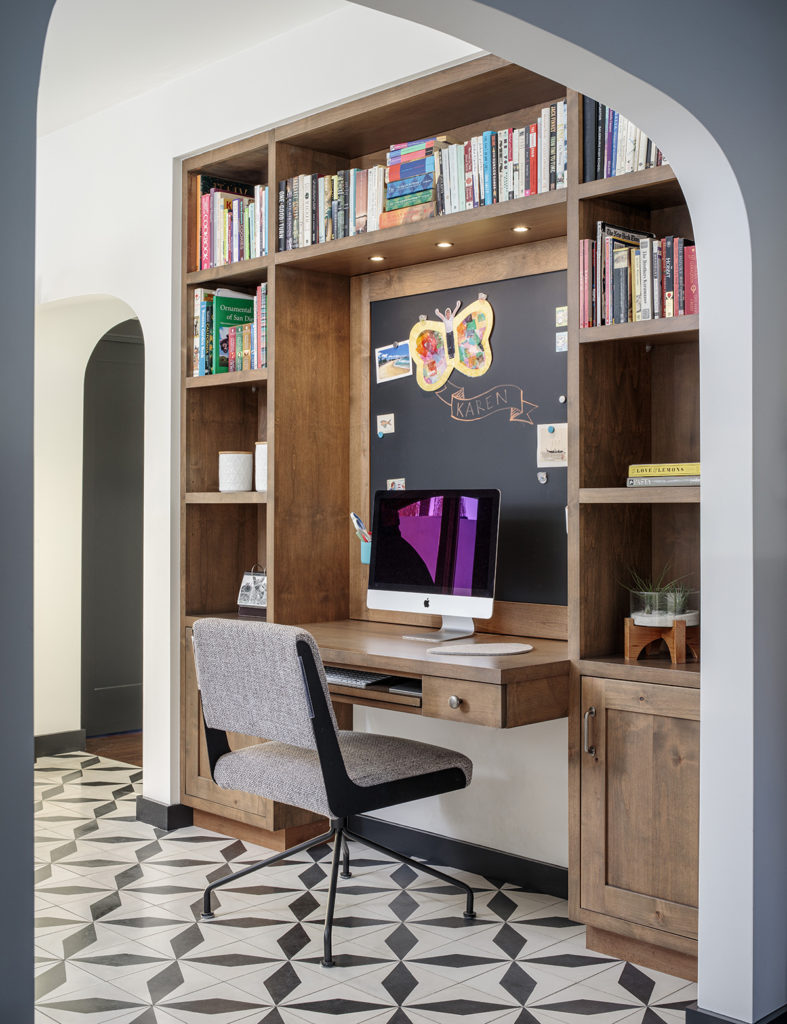


Asquared Studios Featured on SDHG Cover Story
As we approach the end of the year we reflect on what the past year meant to us, what we accomplished, and what we have learned to carry with us into the new year. One of the things we find we consistently appreciate in our work is the power of collaboration. This is explained early in our process, and we identify this as an “Owner Inspired Vision”. We rely on our clients to participate in our process to create a vision that is uniquely theirs. This vision becomes our target goal throughout the design and construction process. We have found that successful collaboration creates a successful project.
We were reminded of the level of collaboration required during each phase of a project in our recent experience of preparing for and managing the professional photography of one of our completed projects. Of course our intent with photographing a project is always to express the intent behind our design and the pride of our clients, but this particular project was also selected for a spread in San Diego Home/Garden Lifestyles Magazine. Because of this there was a greater need to continue the precedent of collaboration through the photographic process.
Our photography team included our clients, the photographers, a stylist, and the magazine. To kickoff the process we held a walk through of the residence well in advance of the actual shoot. This gave us the ability to work with the stylist to ensure that the personality of the client was maintained while creating eye-catching images of the home.
Fast forward to the day of the photoshoot. We started in the early morning hours with the Stylist. The stylist, Asquared Studios, and the clients worked to methodically prepare the first few set-ups in advance of the photographers and magazine editors arrival. Once the photographer arrived, we worked with them to ensure that the language of the architecture was brought forth in an impactful way to express the intended proportion, scale, light, and color. With that, we want to make sure that the photographs tell the story of how the house accommodates the lives of the owners, including how it flows, how it is used, and how they live in it to make the space their own. We relied on the our clients throughout the day to help us tell their story. The photoshoot was a true success.! Our collaborative process led to the editor’s selection of our project to be featured on their magazine cover.
Ultimately, the enthusiastic participation by the client at this stage of the project only reinforces the power of our “Owner Inspired Vision” philosophy and process. As we close out 2019 and move into 2020, we are excited to move forward in collaboration with new clients, consultants, contractors, and whomever else we have the honor to work with.

Asquared Studios Is Fastest Rising Business On Sun Devil 100 List
Continued growth recognized by Arizona State University Alumni
For the second year in a row Asquared Studios has been awarded the honor of being one of the fastest growing businesses owned and operated by Arizona Sate University Alumni. We were both surprised and thrilled by our ranking as the #12 fastest growing business in the Class of 2019. The Sun Devil 100 celebration brought Tony and I back to Tempe to meet our fellow Class of 2019 honorees. We are very proud to be a part of this prestigious group of business owners, and look forward to developing long lasting relationships with our classmates and the university that gave us so much in our education and professional development.
This year we were able to connect with the new head of head of the architecture program at ASU’s Herberger Institute for Design and the Arts, Marc J Neveu, who noted, “Our alumni play an important role in helping us prepare our students to make their mark in the professional world. Asquared Studios sets an example through their achievements and through their scholarship award.” We have set a goal this year to work closely with Marc as they develop a forward thinking approach to the architecture program at ASU. The Sun Devil 100 is a perfect way for us to exhibit the power that the Architecture profession can have on the world.

Looking Forward to the New Year
Reflection on 2018 and Projection for 2019
As we reflect on the past year, we are grateful as always for the health and happiness of our clients, friends and family members. Mid-Year, we passed our 13 year mark since incorporating our studio. We are full of joy and gratitude to continue to practice what we love.
This year also gave us time to reflect on the continued evolution of our thought process when it comes both to the built environment and how we interpret the interaction between our clients and their completed projects. New project challenges are always arising and we meet them with rigorous effort to overcome unforeseen obstacles.
Of the most notable lessons learned and recognized this year, is that the craft of communication is and continues to be ever changing and evolving across the 24+ years we have invested in our profession. We take this aspect of our process seriously and often reflect on the research Jessie completed for her Masters Thesis for which she research the paradigm of Architect – Client Communication. As it always has been, communication is “key” to the success of any project.
Personally, this year we were fortunate to spend face time together (and we do not mean “facetime” on a phone), but actual invested time to reflect and grow together. We travelled together to Phoenix, New York, and across California. In Phoenix we reconnected with our Alma Mater – ASU – to receive the distinct honor of being awarded membership to the Sun Devil 100 Class of 2018. On our trip to New York during the summer, we attended the AIA conference, experienced some amazing new design projects, and celebrated Tony’s Young Architect of the Year Award. Then in the fall we were able to celebrate Thanksgiving together in Santa Rosa, California. We turned it into a road trip and drove down to San Diego, with a pitstop in Los Angeles. Equally ready for an adventure, we extended our planned day in Los Angeles to experience an art installation by Yayoi Kusama after our planned visit to the Walt Disney Concert Hall. Not to be outdone, was an early preview of a new way to experience Virtual Reality by Dreamscape Immersive. These were all great experiences that help us see the world in a different way, and inspire us to move into the year ahead!
As we say farewell to 2018, we look forward to all that 2019 has to offer, and wish everyone a prosperous New Year! Cheers from Tony, Capri, Jessie, Kola, and Mariana!
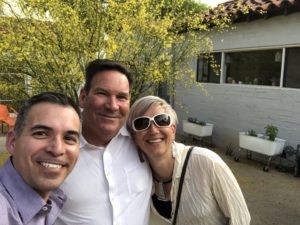

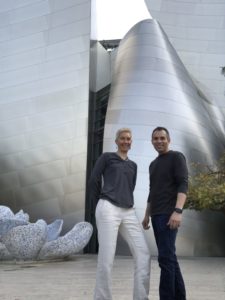
Architectural Academics Tendency
The Progression of Architectural Education
As you can see from our recent journal post, the year has slipped away as we have picked up the pieces from the October 2017 fire storm and have settled into our rhythm for a new normal. For us the new normal has included developing a new perspective on how we offer architectural services to those affected by the fires, focusing on developing meaningful relationships and expressing gratitude to all of the new people who have entered our world, and finding new ways to give back to the profession that has given us so much.
It has been a big year for us. Together Tony and I have achieved honors such as being recognized as the “Best of Houzz Design” and the “Best of Houzz Service”, and being named to the class of 2018, Sun Devil 100, celebrating the achievements of Arizona State University alumni who own or lead successful, innovative businesses across the globe. In addition, Tony was award the National Young Architect of the Year Award by the AIA. Feeling inspired by our accolades, we decided to give back to the profession through Scholarship and Education. We have created a scholarship to be awarded to minority women studying architecture at Arizona State University. And, in June of this year we brought an architectural intern, studying at the New School of Architecture in San Diego, onto our team. Together we have opened her eyes to the professional world of Architecture. As part of our commitment to her education, we have asked her to develop her thoughts about how the current state of Architecture Education relates to the professional world. The passage below is her insight and expression. Mariana, welcome to Asquared Studios, and thank you for being inspired!
The world is going through fast paced changes of advancement in technology and communications. Businesses such as Tesla, Airbnb, and Amazon -all founded in the past decade- are now influencing the quality of life and the built environment. To follow the pace of these changes, education is driven to connect students to hands-on experiences, training future professionals to become creators of a more efficient and successful society. Christopher Hawthorne, author of “Reinventing Architectural Education” article in Architect Magazine, argues that the field of architecture is going through some major changes. Architecture critic since 2004, he states that new technologies, changes in demographics, and philosophical priorities are reshaping architectural academics. Hawthorne points out the emergence of online classes as the democratization of education, and asserts that the current architectural pedagogy approach is “fading fast” with the rise of the leadership generation. Notion of space is being changed, and as designers, architects are being challenged to rethink architectural education and practice.
All of the architecture schools certified by the National Architectural Accrediting Board require students to work long hours in the design studio. This scenario has its roots in the 19th-century tradition of the Ecole des Beaux Arts, but has not been through any format changes ever since. Heavy course loads combined with rigorous professional requirements, becoming an architect is an long term proposition, demanding from five to eight years of full-time study and other practice hours of internship experience to receive licensure. The average time from starting a degree to becoming a licensed architect is 11 years, according to the architect and historian Jonathan Massey. All the dedication needed comes from the broader range of what architects really do. Architects are not only building designers, but also construction managers, product designers, teachers, developers, leaders, and so much more. Architecture is a complex profession that develops in response to demands of society, contextualizing the past, present, and future concerns. Therefore, architecture education must endure adaptiveness to change by offering professional perspective.
With the advancement of artificial intelligence, it makes sense to integrate architectural education with the process of making buildings. Artificial intelligence will facilitate the building drawing processes, thus students need more connection with hands-on practicing professionals so that their knowledge is valued in the professional world. The design-build experience can prepare students to face interactions between builders, engineers, and clients. Besides, it also involves the business side of architecture, which is usually forgotten in architectural school. Noticing this change, some of the top Architecture schools in the U.S. have been showing changes in their curriculum, offering new experience and opportunities for architecture students. The School of Arts and Architecture at UCLA offers hands-on experience and cross-discipline collaboration in design and urban planning through its cityLAB, Experiential Technologies Center and The Now Institute. All undergraduates in the College of Architecture at Texas A&M-College Station are required to take part in a semester away program, either studying abroad or completing an internship in the field. The University of Minnesota-Twin Cities School of Architecture, collaborates with research centers and practice communities to offer students the chance to explore community outreach, sustainability and preservation. The University of California-Berkeley encourages an environment of innovation and collaboration through unique research centers and hands-on learning opportunities in its College of Environmental Design. In this movement of technological advancement and scarce resources, it is clear the need for incentive for a more practical education in a collaborative environment.
Architecture is significantly responsible for the future of society, considering that spaces have great affect in our quality of life. Designing a more livable community to connect people sustainably, influences the environment beyond architectural practice. Architect’s education is crucial to initiate critical thinking abilities, and to grow problem solving skills. It also needs to promote collaboration instead of promoting solitary geniuses, to expand the potential of the profession in multidisciplinary teams. Most importantly, architecture students must be introduced to architectural practice early on. Trends of change are moving with increasing speed, and architecture education will follow and adapt to it if students are given the opportunity to experience school as an introduction to the professional world.
Living With the “New Normal”
A Profound Anniversary
It has been 365 days since the Northbay Wildfires ignited our lives, and Asquared Studios Partner Jessie Whitesides is thankful to have been asked by the Northbay Business Journal to reflect on the time that has passed and the situation we still face. Below is the essay published yesterday, a full link to the story is provided at the end of this entry.
As we approach our one year anniversary to the devastating fires that wreaked havoc on our beautiful North Bay Counties, our built environments, and most importantly our lives, we have adjusted to a way of life I think we can call the “New Normal”. The New Normal is a term I use like a broad stroke of a brush to sweep over life after the 2017 complex fires. If I think back to the days, weeks, and months following October 8, 2017, I remember an intense responsibility to provide help to those in need by volunteering, completing and sharing valuable research, and re-envisioning how my Architectural Studio provides professional services. Buried within all of this there was an apparent distinction made between life “before” the fires and life “after” the fires.
Life “After” the fires was immediately full of an overwhelming sense of humility. What I found is that the event caused life to slow down, and for people to notice each other with a deeper sense of responsibility. Everyone had a story, and it felt important to allow everyone to get their story out. It was emotional. It was surreal . It was powerful. This power drove meaningful conversations between people and professionals which would have had no other instigator, and as an Architect, I found myself explaining our professional responsibilities, the Architectural process, and the value of our profession to people who suffered loss on a daily basis.
The recognition that everyone was grossly under-insured to re-build in the current economy of the North Bay was immediate. Many of the conversations we had with people established that they were being offered less than half the cost of what it will take to rebuild the most basic of structures that they can call home. To us, that meant that the challenge was on, and the challenge has stayed on over the course of the year. The complicated nature by which the architecture and building industry typically operates has become even more complicated by the aggravation of a shortage of everything: People, Resources, Materials, and Time to name a few. The shortage of these key elements have caused building prices to sky-rocket, nearly doubled from what we would have estimated “before” the fires. Material resources are running low, labor costs are rising, and the schedules by which we can design and build a project have been extended by months. Our professional community is rising in the face of this adversity, but our challenges are far from over. Over the last couple of months we have learned that the re-building dreams of many are being squashed by construction bids that overwhelm the budgets their homes have been designed to achieve. When this happens, the victims of the fires are forced to face a new reality….the reality that they will not be able to re-build; consequently, one year later, they find themselves in the same position as they did one year ago….with no idea what their future looks like. For our studio, this is not an acceptable result, and so we continue to reflect on what we (and our profession) can offer our community. We have widened our views, put extra time into researching building alternatives, and find ourselves investigating alternative materials to be used in new and meaningful ways. What we have been given in return is gratitude for keeping the dream alive! Most importantly we approach this profound anniversary with the strength of new and lasting relationships with the people of our community.
The events in the Santa Rosa Courthouse square surrounding this anniversary are welcomed and we are proud to be a part of this community healing and re-building process!

